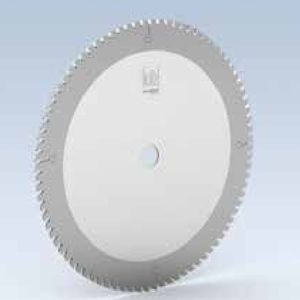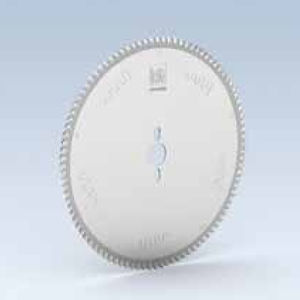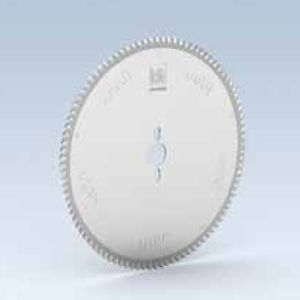
Circular saw blade WK 2 series cuttingdiamondfor wood




Add to favorites
Compare this product
Characteristics
- Type
- circular, cutting
- Blade material
- diamond
- Cut material
- for wood
- Circular saw blade diameter
Max.: 550 mm
(22 in)Min.: 70 mm
(3 in)- Blade width
Max.: 5 mm
(0 in)Min.: 2 mm
(0 in)- Blade thickness
Max.: 3.5 mm
(0.14 in)Min.: 1 mm
(0.04 in)
Description
Scoring sawblades with adjustable cutting width
Application:
For scoring with feed.
Machine:
Table and sizing saws, vertical panel sizing saws with scoring unit.
Workpiece material:
Chipboard and fibre materials paper and plastic coated, veneered, laminated veneer
lumber (e.g. plywood, multiplex plywood).
Technical information:
2 part design, adjustable with spacers. Scoring depth 1.50 - 2.00 mm.
Scoring sawblades adjustable, HW design
WK 200 2, WK 250 2
Scoring sawblades with adjustable cutting width
Excellent
Application:
For scoring with feed.
Machine:
Table and sizing saws, vertical panel sizing saws with scoring unit.
Workpiece material:
Chipboard and fibre materials paper and plastic coated, veneered, laminated veneer
lumber (e.g. plywood, multiplex plywood).
Technical information:
2 part design, adjustable with spacers. Scoring depth 1.50 - 2.00 mm.
Scoring sawblades adjustable, Diamaster PRO
WK 200 2
A scoring saw is recommended for a high cut edge quality on both sides of coated
panels. The scoring sawblade cutting width (kerf) is slightly larger than the width (kerf)
of the main sawblade so the exiting tooth of the main sawblade does not touch the
bottom surface cut edge.
As precise, flat workpiece positioning is only possible with pressure clamping, split
scoring sawblades are used on table and panel saw.
Catalogs
Sawing
96 Pages
*Prices are pre-tax. They exclude delivery charges and customs duties and do not include additional charges for installation or activation options. Prices are indicative only and may vary by country, with changes to the cost of raw materials and exchange rates.








